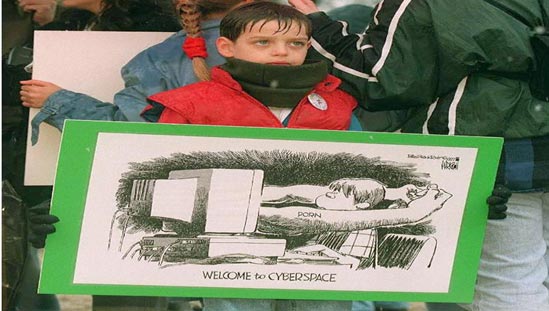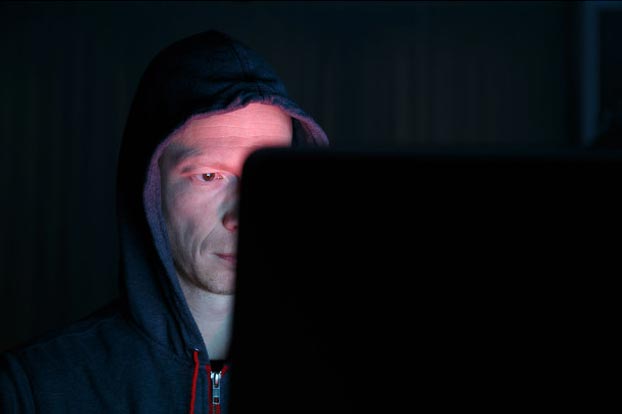WHAT IS SOCIAL MEDIA TRAFFICKING OF CHILDREN
Digitalization of India has had sure positive effects but we cannot ignore the negatives it has brought about world over. Victims are generally children and women. But it would be wrong if we exclude men from it. Social media is increasingly being used to contact, recruit and sell children for sex, according to a study by The University of Toledo Human Trafficking and Social Justice Institute. Traffickers groom and control their victims through online platforms. Between 2015 and 2018, the National Human Trafficking Hotline documented almost 1,000 cases of potential victims of sex trafficking alone that were recruited through internet platforms, most often Facebook, but also Instagram, Snap chat, Craigslist,Tiktok, online dating sites, and chat rooms.
ON LINE THREAT TO CHILDREN
There are several ways in which children are targeted by traffickers. These are as follows:
Cyberbullying
Bullying among children is generally indicative of an alignment of power or strength demonstrated through intentional or unintentional sexual and psychological ferocity repeated over time. It is known to involve physical bullying, verbal bullying; emotional bullying and Cyber bullying may involve “abuse by teasing or insulting, victims’body shape, intellect, family background, dress sense, mother tongue, place of origin, attitude, race, caste, class, name calling, by using modern telecommunication networks such as mobile phones (SMS/MMS) and internet (chat rooms, emails, notice boards and groups)”.
A study commissioned by Microsoft in 2012 ranked India third for high online bullying among 25 countries where the survey was conducted.
Online and offline bullies display their power against another person by repeatedlymanipulating the knowledge of the targeted child’s context and sensitivities.
Hitting or punching
Sending insulting messages by e-mail
Standing Committee on Information Technology (2013-14), Fifteenth LokSabha, Ministry of Communications and Information Technology,
Department of Electronics and Information Technology, ‘Cybercrime, cyber security and right to privacy’, 52nd Report, New Delhi, February
2014.
Emotional Harassment
As per the Teens, Tweens and Technology Survey commissioned by Intel Securities in India in 2015, 43 per cent of children active on social media claimed to have witnessed cruel behavior on social networks, while 52 per cent of children indicated that they had themselves bullied people over social media. Emotional abuse is characterized by humiliation, degradation, neglect, negating, judging, criticizing, domination, control, and shame, accusing, blaming, trivial and unreasonable demands or expectations, denies own shortcomings, emotional distancing, the “silent treatment,” isolation, emotional abandonment. This can cause serious psychological harm to the child. More than that it can result in having severe medical issues such as headaches, anxiety, depression etc. So for a healthy child, this needs to be urgently stopped.
Intimidation
Online threats of stalking, violence, rape and death can be emotionally draining.
Moreover, the effect of intimidation is further enhanced when the threatening message is distributed with others and is followed by cyberhounding.
Social exclusion
Children and adolescents have a need for acceptance by their peers. Exposure of a child’s private information or weaknesses exploits the developmental need of children to feel unaccepted and by their peers and feeds on their psychological insecurities. Being ridiculed, expelled from the peer group or discriminated against can have deeply harmful effects on a child . Of course, this is not unique to online social exclusion, particularly in the context of widespread caste-based discrimination.
Exhibition of sexually explicit and unbridled content Indian public officials in India emphasize on the fact that children and adolescents should not be exposed to pornography.
There have even been efforts to block pornographic sites in India. However, no precautionary efforts are often not in place and children may be exposed to sexually explicit and violent content on digital devices at home, in internet cafes or through content may be easily uploaded to feature in personal mobiles. So the dangers for children are immense.


https://www.theepochtimes.com/social-media-and-trafficking-of-children-for-sexual-exploitation_2704398.html
Seven-year-old Mark Rayer of Fairfax, Va., protests child pornography on the internet outside of the US Supreme Court Building in Washington on March 19, 1997. (TIM SLOAN/AFP/Getty Images
Of course, this is not unique to online social exclusion, particularly in the context of widespread caste-based discrimination
Sexual Harassment
Sexual harassment is a type of harassment technique that relates to a sexual nature and the unwelcome or inappropriate promise of rewards in exchange for sexual favors. Sexual harassment includes a range of actions from mild transgressions to sexual abuse or assault. Harassment can occur in many different social settings such as the workplace, the home, school, churches, etc. Harassers or victims may be of any age. But most effected are children who really don’t know what is happening to them and so suffer in shame and silence. Even priests in religious places are not safe as there are pedophiles who in garb of God exploit a child’s feeling and who because of her/his age do not understand whats happening to them.
Grooming
Integral to enticing children into several abusive and exploitative situations, grooming entails luring a child into sexual conversations to prepare him or her for child sexual abuse or ideological or religious conversations to prepare him orher for violence and terror, or drugs and other illegal activities.
CONCLUSION
Victims of child sexual abuse may pursue justice through both the criminal and civil justice systems. To conclude there can be two punitive action which can be taken by the victim against the perpetrator. In a criminal case the state controls the proceedings and the victim acts as a witness for the prosecution. In a civil case, the victim controls essential decisions shaping the case, including whether to sue, accept a settlement offer or go to trial.
Thus children are most vulnerable to trafficking on social media and more than young boys it is young girls who are susceptible to media harassment. Most rigorous punitive action should be taken against child abuse on social abuse. State and civil society should surely work towards dealing this heinous crime.





